What is Obesity Hypoventilation Syndrome?

The name Pickwickian Syndrome originated from an overweight Charles Dickens character named Mr. Pickwickian.
Obesity Hypoventilation Syndrome (OHS), also known by the name Pickwickian Syndrome, was first identified in the 1950’s and is a form of sleep-related breathing disorders that are characterized by low blood-oxygen levels caused by failure to breathe deeply or fast enough. This condition is typically found in those who are obese, having a BMI over 30.
The nickname Pickwickian syndrome originated from the title of a Charles Dickens novel where an obese man constantly fell asleep throughout the day. The character, Mr. Pickwickian, was always tired, hungry, red in the face and fell asleep mid-task.
There are two different types of OHS. The most common type relates to Obstructive Sleep Apnea (OSA), a condition where a person stops breathing while asleep which occurs at least five times throughout the night. This type is the most prevalent and affects ninety percent of people with OHS.
Sleep Hypoventilation Syndrome accounts for the other ten percent of patients diagnosed with OHS and is characterized by a 10 mmHg or greater rise in carbon dioxide levels while asleep when comparing awake levels and a drop in CO2 while asleep that’s not related to an apnea event.
While not all who are obese experience OHS, many do. OHS is caused by body fat restricting the movement of the diaphragm and chest muscles which prevents proper breathing.
What Are the Symptoms of OHS?
OHS and OSA exhibit several of the same symptoms including daytime tiredness, inability to concentrate, snoring, interrupted sleep and elevated carbon dioxide levels which are known to cause drowsiness. As mentioned, in the majority of cases, the two conditions occur simultaneously because they are both conditions that are commonly caused by being overweight.
OHS is dangerous because it places a strain on your cardiovascular system. Some symptoms may include chest pains, swelling of the legs, and difficulty exercising.
How is OHS Diagnosed and Treated?
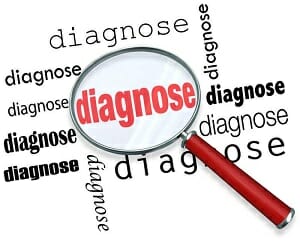 How is OHS diagnosed and what are the available treatment option?
How is OHS diagnosed and what are the available treatment option?
In order to diagnose OSH, three criteria must be met. The first being that a Body Mass Index of 30 or greater which is within obesity range.
Another criterion is that the condition is not being caused by any other health issue such as drug use, lung disease, Kyphoscoliosis, a neuromuscular disease or a thyroid condition.
Finally, when tested, CO2 levels must exceed 45mmHg.
OHS is often treated using several of the same treatment methods that are used when treating OSA.
Weight loss by improving diet and exercise are the best approach with long-lasting results. In some cases where the patient has an extremely high BMI, gastric bypass surgery may be recommended. This type of surgery is often reserved for those who are unable to lose weigh using diet and exercise. There are several complications that are associated with gastric bypass, so it should only be used if necessary.
In addition to weight loss, those with OHS may also be prescribed a CPAP machine to assist with breathing. A CPAP machine generates a steady flow of air through a tube and is delivered to the nose and mouth using a mask. This flow of air helps to force the airway open which clears any obstruction. This type of treatment is commonly used when OSA and OHS exist together and is effective in about half of those with OHS.
Other treatment options include prescription drugs which can be used to treat OHS, although their effectiveness is not well known. Some of these drugs include Depo-Provera and Progestin.
In extreme cases where none of the mentioned treatment options work, a tracheotomy may be performed. This is a procedure where a doctor cuts a hole in your airway and inserts a tube to assist with breathing.
The Relationship between OSA and OHS
While OSA and OHS are two different conditions, they often exist together for the simple reason that both conditions are often caused by being overweight.
The same can be said for several other health problems that are related to being overweight and exist together such as high blood pressure, type 2 diabetes, fatty liver disease, osteoarthritis, heart disease, stroke, some cancers, and kidney disease.
While not all who have OHS are overweight, the majority are. By reducing your BMI, you will reduce the likelihood of developing many of these conditions.
How Much Weight is Too Much?
 While this is a question that should be answered by your doctor, there are certain indicators that you may be carrying too much weight.
While this is a question that should be answered by your doctor, there are certain indicators that you may be carrying too much weight.
One of the most common indicators is the Body Mass Index or BMI. In order to calculate your BMI you must know your height and weight. These numbers are plugged into a formula to calculate BMI. There are several online calculators that can help to make this for you.
Those of normal weight will have a BMI range between 18.5 and 24.9. Overweight individuals will have a BMI between 25 to 29.9 and those who are obese will have a BMI greater than 30.
In addition to BMI, another indicator of being overweight is waist size. Men with a waist size greater than 40″ and women with a waist greater than 35″ are more likely to be considered overweight.
How to Overcome OHS
Pickwickian syndrome is a fairly common condition among those who are overweight and have obstructive sleep apnea. It’s estimated that between 10%-20% of people with OSA also experience OHS. Luckily, this condition can often be reversed by adopting healthier eating habits and maintaining a lower body weight. Reduce the number of calories consumed per day and avoid foods that are high in added sugar and saturated fats.
Thirty minutes per day of physical activity will help to burn fat faster and keep your weight under control.
In addition to good nutrition and exercise, also consider improving your sleeping habits by avoiding meals and alcohol before bedtime and getting roughly 8 hours of sleep per night. Lack of quality sleep may cause weight gain due to the fact that sleep deprivation causes us to crave nutrient-deficient junk food which is known to cause weight gain.
If you are experiencing any symptoms of OSA or OHS, it’s important to first speak with you doctor to determine if either condition exists. They may perform a sleep study, EGK, MRI, CT scan or fiber optic scope of the upper airway to make a determination. Form there, you can discuss treatment options with your doctor.
OHS is a serious condition which can lead to congestive heart failure, coronary artery disease, and stroke and should be treated as soon as possible.
Share This Post:
 While most women are unwilling to admit to others that they snore, there’s no denying the fact that snoring occurs in both men and women. It’s also true that while women do snore, it’s much more likely for men to snore than women. While the statistics vary, approximately two out of five men snore while only one out of four women snore. What is the reason for this disparity and what can men do to help level the playing field? Experts feel that there are a few reasons why men snore more than women.
While most women are unwilling to admit to others that they snore, there’s no denying the fact that snoring occurs in both men and women. It’s also true that while women do snore, it’s much more likely for men to snore than women. While the statistics vary, approximately two out of five men snore while only one out of four women snore. What is the reason for this disparity and what can men do to help level the playing field? Experts feel that there are a few reasons why men snore more than women.
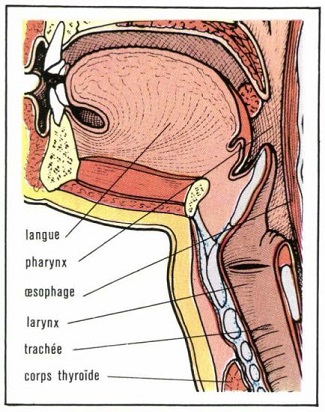 Anatomy differences are another reason why men tend to snore more than women. We already know the obvious differences in anatomy between men and women but what about the airway? Is there a difference between the airway of men and women and could this be yet another reason why men are more prone to snoring? Once again, the answer is YES.
Anatomy differences are another reason why men tend to snore more than women. We already know the obvious differences in anatomy between men and women but what about the airway? Is there a difference between the airway of men and women and could this be yet another reason why men are more prone to snoring? Once again, the answer is YES.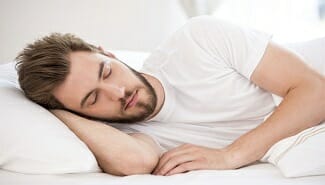 Did you know that at least half of snorers are positional snorers, meaning that snoring occurs while laying on the back but does not occur while sleeping on their side? The reason for this is quite simple and has to do with the gravitational force of fat and muscle in the airway that’s responsible for reducing airflow while laying on your back. By laying on your side, you effectively shift the weight of the fat and muscle in the neck away from the airway which helps to prevent snoring. Use a wedge pillow or other device to help prop up your back and prevent rollover. There are actually belts that are made specifically for promoting side sleeping.
Did you know that at least half of snorers are positional snorers, meaning that snoring occurs while laying on the back but does not occur while sleeping on their side? The reason for this is quite simple and has to do with the gravitational force of fat and muscle in the airway that’s responsible for reducing airflow while laying on your back. By laying on your side, you effectively shift the weight of the fat and muscle in the neck away from the airway which helps to prevent snoring. Use a wedge pillow or other device to help prop up your back and prevent rollover. There are actually belts that are made specifically for promoting side sleeping.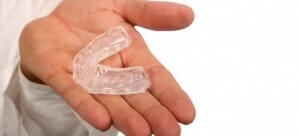 If all efforts to reduce your snoring fail, you can always resort to a snoring mouthpiece, also known as a mandibular advancement device. There are several different models to choose from, although they all work in the same fashion by holding the jaw or tongue forward which prevents the airway from becoming restricted. Snoring mouthpieces are highly effective at reducing or eliminating the sound of snoring.
If all efforts to reduce your snoring fail, you can always resort to a snoring mouthpiece, also known as a mandibular advancement device. There are several different models to choose from, although they all work in the same fashion by holding the jaw or tongue forward which prevents the airway from becoming restricted. Snoring mouthpieces are highly effective at reducing or eliminating the sound of snoring.  Water, H2O, Aqua, call it what you like but it’s essential in order to maintain life. While we all know this, it’s surprising to hear that up to
Water, H2O, Aqua, call it what you like but it’s essential in order to maintain life. While we all know this, it’s surprising to hear that up to 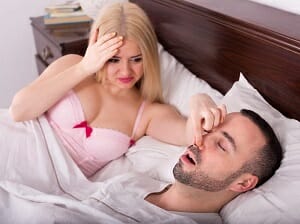 You may be surprised to hear that the amount of water that you consume may correlate with your snoring problem. When dehydrated, mucous membranes in the throat, nose and soft palate become sticky. The sound of snoring occurs when tissues surrounding the airway flaps around and collides with each other. This thick sticky mucus coats the airway and can cause the tissues to stick to each other, which will amplify the sound effects that are made by snoring. By consuming plenty of water, this mucus thins out and will no longer be sticky.
You may be surprised to hear that the amount of water that you consume may correlate with your snoring problem. When dehydrated, mucous membranes in the throat, nose and soft palate become sticky. The sound of snoring occurs when tissues surrounding the airway flaps around and collides with each other. This thick sticky mucus coats the airway and can cause the tissues to stick to each other, which will amplify the sound effects that are made by snoring. By consuming plenty of water, this mucus thins out and will no longer be sticky. The average American only drink 20 ounces of water per day. How much water should we be drinking? Depending on who you ask, you will get a different answer.
The average American only drink 20 ounces of water per day. How much water should we be drinking? Depending on who you ask, you will get a different answer. While not the most fashionable accessory, you may want to consider carrying around a water jug in the car, at work and while at home. When I say a jug, I mean a GALLON jug.
While not the most fashionable accessory, you may want to consider carrying around a water jug in the car, at work and while at home. When I say a jug, I mean a GALLON jug. Those who are accustom drinking flavored sugary drinks may find it very difficult to switch to water because it is often seen as tasting bad. Nothing could be further from the truth if you drink filtered water from a good source which should have no taste at all.
Those who are accustom drinking flavored sugary drinks may find it very difficult to switch to water because it is often seen as tasting bad. Nothing could be further from the truth if you drink filtered water from a good source which should have no taste at all.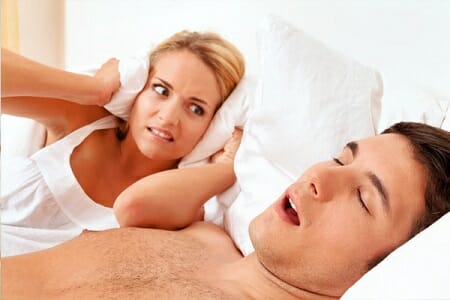
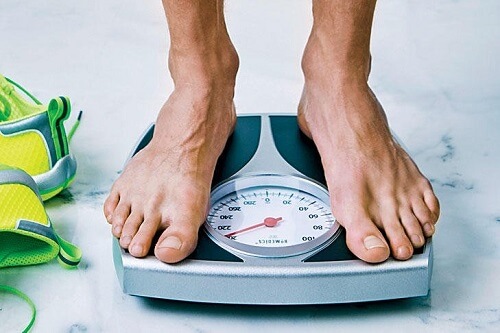


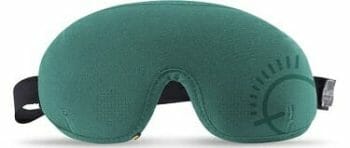
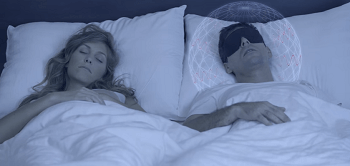 While on the surface the Silent Partner may appear to be a simple blindfold, but it’s what is inside that makes this product unique. This mask contains 2 microphone sensors, 2 speakers and a microcontroller, all powered by two 1.4v coin cell batteries. It also features a micro-USB charging port which means users will not have to change out any batteries.
While on the surface the Silent Partner may appear to be a simple blindfold, but it’s what is inside that makes this product unique. This mask contains 2 microphone sensors, 2 speakers and a microcontroller, all powered by two 1.4v coin cell batteries. It also features a micro-USB charging port which means users will not have to change out any batteries. In order to raise money, many start-ups turn to Crowdfunding. With Crowdfunding, a company typically pitches their idea to an audience via crowdfunding websites such as Indiegogo, ArtistShare, Kickstarter, or Microventures to name a few. Multiple “Backers” ie. Investors contribute a small amount of money to the company to cover expenses related to the development and launch of a product.
In order to raise money, many start-ups turn to Crowdfunding. With Crowdfunding, a company typically pitches their idea to an audience via crowdfunding websites such as Indiegogo, ArtistShare, Kickstarter, or Microventures to name a few. Multiple “Backers” ie. Investors contribute a small amount of money to the company to cover expenses related to the development and launch of a product. According to the QuietLife website, the SilentPartner is currently on Pre-Order for $77.00. They are advertising retail price at $99.00. In addition to the mask, they also sell a charging stand and travel bag. All three can be purchased as a complete packaged for the pre-order price of $82.00 (regularly $205.00). All items are shipped worldwide for free, which is an excellent selling point.
According to the QuietLife website, the SilentPartner is currently on Pre-Order for $77.00. They are advertising retail price at $99.00. In addition to the mask, they also sell a charging stand and travel bag. All three can be purchased as a complete packaged for the pre-order price of $82.00 (regularly $205.00). All items are shipped worldwide for free, which is an excellent selling point.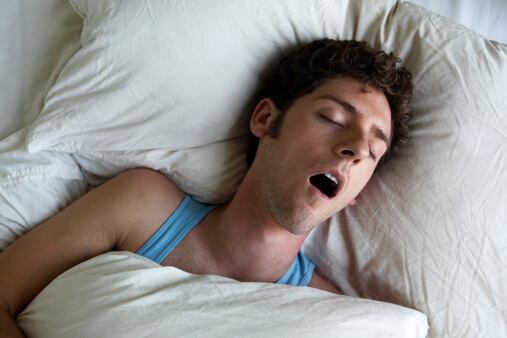
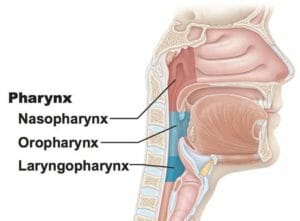
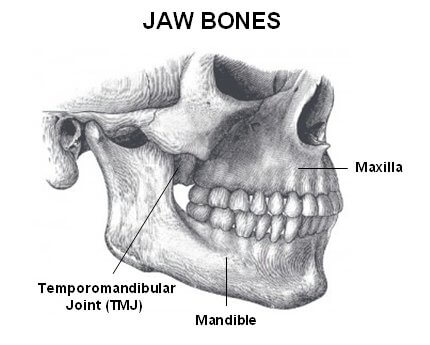
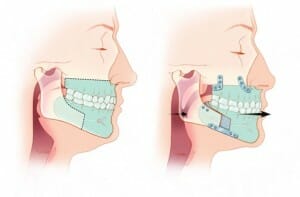


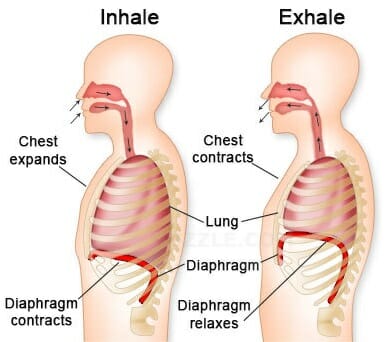

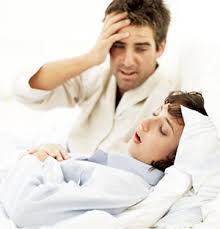 sleeping patterns and work with you on an effective treatment plan. If you suffer from severe snoring, you may actually be suffering from a severe sleeping disorder called obstructive sleep apnea. Signs of sleep apnea include some of the following:
sleeping patterns and work with you on an effective treatment plan. If you suffer from severe snoring, you may actually be suffering from a severe sleeping disorder called obstructive sleep apnea. Signs of sleep apnea include some of the following: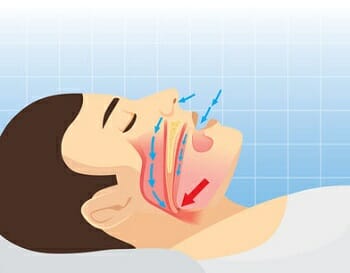
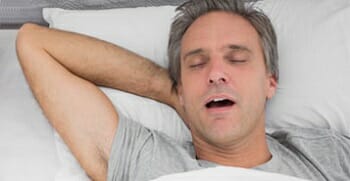 Snoring, UARS and OSA have a lot in common and are easy to confuse with each other. What’s the difference between snoring, UARS, and OSA and why is there so much confusion between the three? One common characteristic between the three is the occurrence of some level of airway resistance. Also, all three often exhibit similar symptoms.
Snoring, UARS and OSA have a lot in common and are easy to confuse with each other. What’s the difference between snoring, UARS, and OSA and why is there so much confusion between the three? One common characteristic between the three is the occurrence of some level of airway resistance. Also, all three often exhibit similar symptoms. Being so closely related, how can I tell each one apart? Let’s say for instance a person snores and constantly feels tired throughout the day. Which diagnosis is most likely?
Being so closely related, how can I tell each one apart? Let’s say for instance a person snores and constantly feels tired throughout the day. Which diagnosis is most likely?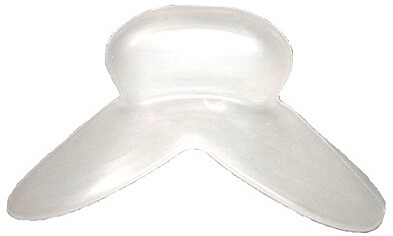 The Good Morning Snore Solution is a tongue stabilizing device that was introduced by Dr. Leslie Dort of Canada in 2007 after several studies were conducted, proving this device to be effective. Here’s
The Good Morning Snore Solution is a tongue stabilizing device that was introduced by Dr. Leslie Dort of Canada in 2007 after several studies were conducted, proving this device to be effective. Here’s  Putting aside the issues regarding the legal sale of non-authentic GMSS items on eBay, what makes the official GMSS better? Simply stated, it has to do with the quality and type of material that is used to produce it.
Putting aside the issues regarding the legal sale of non-authentic GMSS items on eBay, what makes the official GMSS better? Simply stated, it has to do with the quality and type of material that is used to produce it. Take one look and the first thing you will notice is the $99.00 price tag of the GMSS and the $5.00 cost of the similar product that is sold on eBay. There is a whopping $95 difference between the two. You may ask yourself whether or not GMSS is overcharging for their product? How do those on eBay sell for only $5 and make a profit?
Take one look and the first thing you will notice is the $99.00 price tag of the GMSS and the $5.00 cost of the similar product that is sold on eBay. There is a whopping $95 difference between the two. You may ask yourself whether or not GMSS is overcharging for their product? How do those on eBay sell for only $5 and make a profit?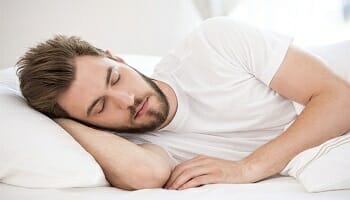
 In the Israel study, 1118 of the 2077 patients (53.8%), who typically had breathing abnormalities while asleep, no longer experienced any issues when made to sleep on their side. Exactly why is it that simply sleeping on one’s side makes such a remarkable difference in snoring? The answer is best explained by examining the area in which snoring typically originates.
In the Israel study, 1118 of the 2077 patients (53.8%), who typically had breathing abnormalities while asleep, no longer experienced any issues when made to sleep on their side. Exactly why is it that simply sleeping on one’s side makes such a remarkable difference in snoring? The answer is best explained by examining the area in which snoring typically originates.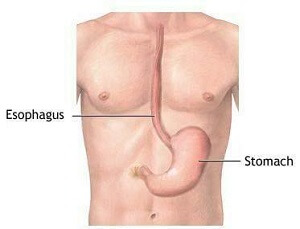
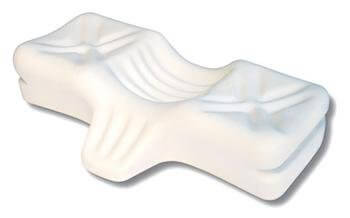 Whether you choose to sleep on your left side or right side, the question that you are likely wondering is – How do I remain on my side throughout the night? After all, it’s very easy to fall asleep on your side and eventually end up on your back despite all efforts to remain on your side. The truth is, most of us toss and turn throughout the night while asleep. Is it even possible to control rolling over while sleeping?
Whether you choose to sleep on your left side or right side, the question that you are likely wondering is – How do I remain on my side throughout the night? After all, it’s very easy to fall asleep on your side and eventually end up on your back despite all efforts to remain on your side. The truth is, most of us toss and turn throughout the night while asleep. Is it even possible to control rolling over while sleeping?